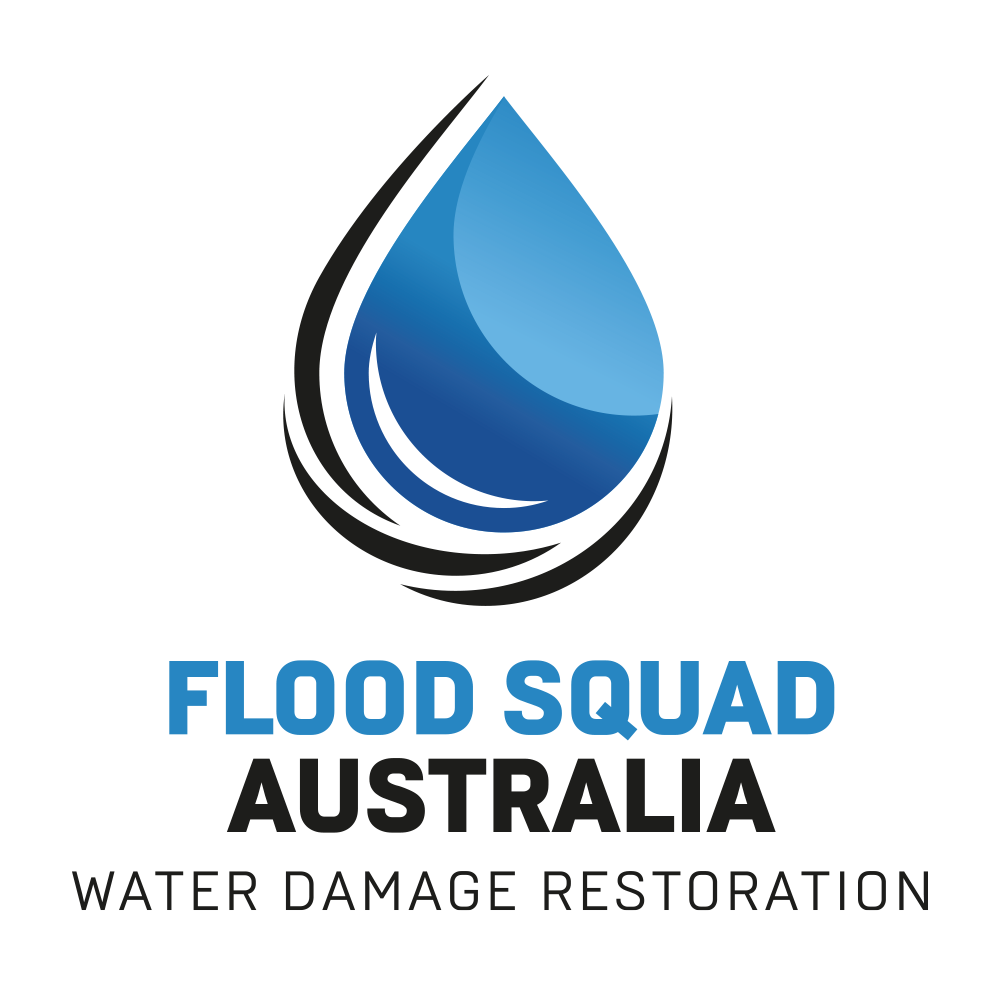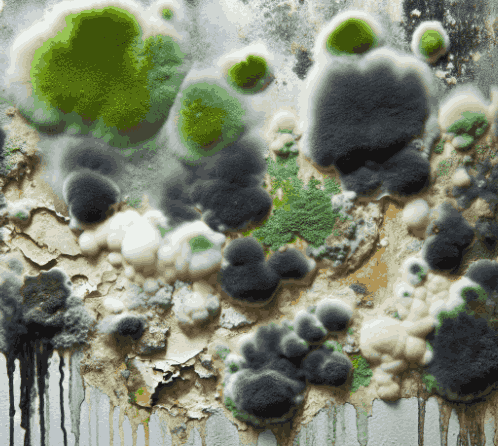Flood damage can be a homeowner’s worst nightmare. It’s not just the immediate water damage that’s a concern.
The real threat often lurks in the aftermath. We’re talking about mould growth.
Mould can start growing within 24 to 48 hours after water exposure. It poses health risks and can cause structural damage.
This article aims to guide you through the process of mould prevention after flooding. It provides actionable advice to mitigate the risks of mould infestation.
Whether you’re a homeowner, property manager, or responsible for building maintenance, this guide is for you.
Immediate Response to Flooding
The first step in mould prevention after flooding is a swift response. Time is of the essence.
Start by removing standing water as quickly as possible. The longer water sits, the higher the risk of mould growth.
Use pumps or wet vacuums for water extraction. These tools can help speed up the process.
Remember to prioritize areas where water has been standing the longest. These are the most susceptible to mould.
Here’s a quick checklist for immediate response:
- Remove standing water
- Use pumps or wet vacuums
- Prioritize areas with longest standing water
Water Extraction Techniques
There are several methods for water extraction after a flood. The choice depends on the severity of the flooding.
For minor flooding, mopping and blotting can be effective. Use towels or mops to absorb the water.
For more severe cases, consider using a wet vacuum. These devices can handle larger volumes of water.
If the flooding is extensive, you may need to hire a professional flood damage restoration service. They have specialized equipment for water extraction.
Here’s a quick guide to water extraction techniques:
- Mopping and blotting for minor flooding
- Wet vacuum for moderate flooding
- Professional service for severe flooding
Disposal of Non-Salvageable Items
After a flood, some items may not be salvageable. These include items that cannot be cleaned and dried within 48 hours.
Such items should be discarded promptly. This helps to prevent mould growth.
Remember to document all discarded items. This is important for insurance claims.
Lastly, dispose of mould-contaminated materials according to local regulations. This ensures safe and responsible disposal.
Drying and Dehumidifying the Affected Area
Drying out the affected area is crucial. It helps to prevent mould growth after flooding.
Use dehumidifiers and fans for this purpose. They speed up the drying process.
Open windows and doors if weather permits. This increases air circulation and aids drying.
Here are some steps to follow:
- Set up dehumidifiers and fans in the affected area.
- Open windows and doors for better air circulation.
- Monitor the area regularly to ensure it’s drying.
- Replace dehumidifier filters as needed.
- Keep the area isolated to prevent moisture from spreading.
Cleaning and Disinfecting Surfaces
After drying, cleaning is the next step. All wet surfaces need a thorough clean.
Use detergent and water for this task. It helps to remove dirt and debris.
Next, disinfect the surfaces. A bleach solution works well for this.
Here’s a simple guide:
- Clean all wet surfaces with detergent and water.
- Rinse the surfaces with clean water.
- Apply a bleach solution (1 cup bleach to 1 gallon of water).
- Let the solution sit on the surface for at least 10 minutes.
- Rinse and dry the surfaces thoroughly.
Remember, never mix bleach with ammonia or other cleaning products. It can produce harmful gases.
Hidden Moisture and Mould Inspection
After cleaning, inspect hidden areas. Moisture can lurk behind walls and under floors.
Use a moisture meter for this task. It helps to detect hidden dampness.
If you find moisture, it’s a potential mould hotspot. Immediate action is necessary.
Remember, mould can start growing within 24-48 hours after water exposure.
Repair and Replacement of Damaged Materials
Materials soaked by floodwater may need replacement. This includes drywall and insulation.
Replacing these materials helps prevent mould growth. It also ensures structural integrity.
Always document all damage and repairs. This is crucial for insurance purposes.
Remember, addressing mould issues promptly prevents further property damage.
Maintaining Ideal Humidity Levels
Indoor humidity levels play a key role in mould prevention. Aim to keep levels between 30-50%.
High humidity encourages mould growth. Use dehumidifiers to control indoor moisture.
Moisture meters can help monitor moisture content. Use them on walls and floors.
Here are some tips to maintain ideal humidity levels:
- Use dehumidifiers and air conditioners.
- Ventilate bathrooms and kitchens.
- Use exhaust fans when cooking, dishwashing, and cleaning.
- Dry clothes outside or in a well-ventilated area.
- Fix any leaks or drips promptly.
Professional Mould Remediation Services
In some cases, professional help is needed. This is especially true for large affected areas.
Mould remediation services in Sydney offer comprehensive solutions. They can handle severe mould infestations.
Here are some reasons to consider professional services:
- They have specialized equipment and training.
- They can safely remove mould without spreading spores.
- They can identify and address hidden mould growth.
- They can provide advice on preventing future mould growth.
Remember, your health and safety should always come first, enter Flood Squad Australia! they are experts in:
- Mould removal Sydney and NSW
- Mould remediation Sydney and NSW
- Mould remediation for homes and businesses
Long-Term Mould Prevention Strategies
Preventing mould growth is a long-term commitment. It requires regular maintenance and vigilance.
Here are some strategies to consider:
- Regularly inspect your property, especially after heavy rains or flooding.
- Keep indoor humidity levels between 30-50%.
- Ensure proper ventilation in areas prone to moisture.
- Use mould-resistant products when rebuilding or renovating.
- Regularly inspect and clean HVAC systems to prevent mould spores from spreading.
By following these strategies, you can maintain a healthy and mould-free environment. Remember, prevention is always better than cure.
Conclusion and Quick Recap
In conclusion, mould prevention after flooding is a multi-step process. It requires immediate action, thorough cleaning, and long-term strategies.
Remember, the key to preventing mould growth is to control moisture. Stay vigilant, maintain your property, and seek professional help when needed.


